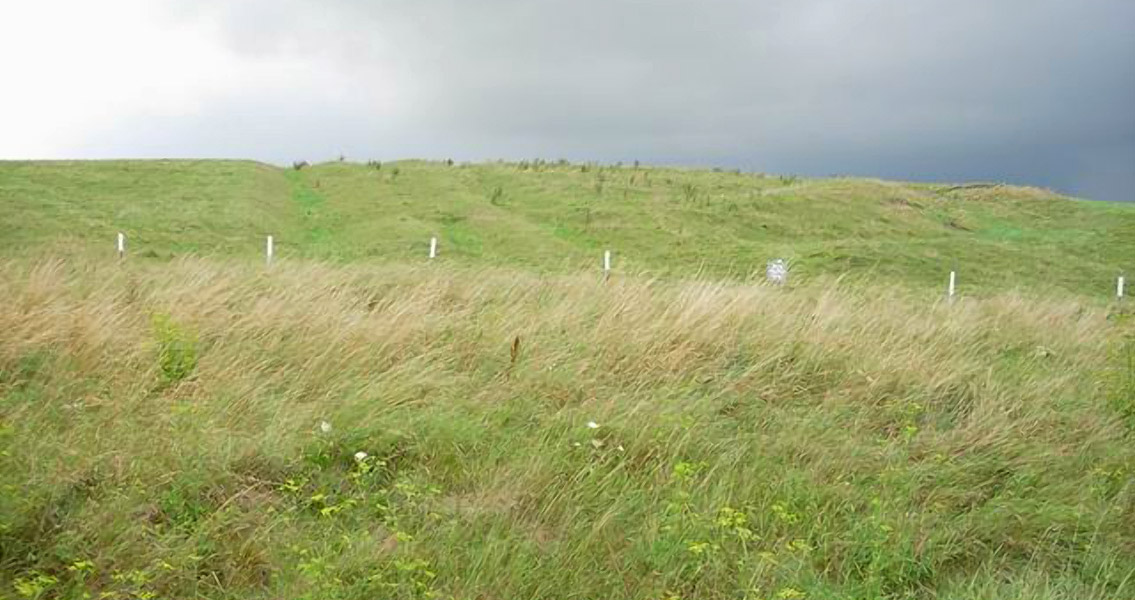<![CDATA[Excavations on land owned by the UK’s Ministry of Defence in Wiltshire have yielded a major archaeological find of over a hundred Anglo-Saxon graves alongside several prehistoric discoveries as well. Approximately 150 graves, dating to the latter seventh century and early eighth century, have been found on land that is being prepared for the construction of homes for military personnel and their families in Bulford, Wiltshire. Arranged neatly in rows and packed closely next to one another, the graves were filled with the remains of individuals of all ages, both men and women, according to an article in Current Archaeology. The Defence Infrastructure Organisation enlisted the aid of Wessex Archaeology to undertake excavation and study of the mass grave site. Jackie McKinley, an osteologist with the archaeology organisation, remarked that the site was likely a planned cemetery and would have featured some sort of grave identification such as low mounds or markers. While rather large for its date, the cemetery is a normal domestic one judging from the wide range of ages of the deceased, McKinley added. Grave goods were found within many of the burials, including personal possessions such as knives, brooches and glass beads. There was also evidence that those buried within were part of a community that had wide-ranging trade and commerce connections, judging by the Red Sea cowrie shells found in a selection of the graves. One unique object, a small cylinder found buried with a young woman, is of special note; known as a “work box” because other examples unearthed at other dig sites have been found containing pins, the object has yet to be opened. However, x-ray analysis has revealed that there could be several fragmented objects made of a copper alloy within. McKinley stated that the work box would have certainly been a status symbol at the time. Its properties were likely as functional as they were “amuletic”, she added. While there’s no evidence of any Anglo-Saxon settlement within close proximity to the cemetery, there is evidence of why the community chose the site for its burial needs. A pair of prehistoric “hengiform” monuments, edifices that could have been barrows or ring ditches, have been found close by the cemetery. The research team says that right now, based on preliminary findings, these monuments could have been used from as early as the Neolithic to as late as the Bronze Age. Additional prehistoric discoveries at the site include several Neolithic ceremonial pits found to have been filled deliberately with a selection of unique objects. The majority included potsherds from grooved ware pottery in the Woodlands style as well as intact and fragmented axes – one of which seems to have been constructed from a distinctive Cornish green stone. Antlers, aurochs bones, flint hammerstones, and pieces of chalk carved into the shape of a ball and a bowl round out the prehistoric finds. The crown jewel of the Neolithic artifacts, a rare standout oval flint blade known as a discoidal knife, is now one of only three ever found dating back to the time period. Image courtesy of Wikimedia Commons user: Hugh Venables]]>
Anglo-Saxon Graves, Prehistoric Finds Discovered in UK
